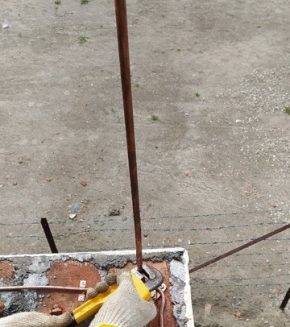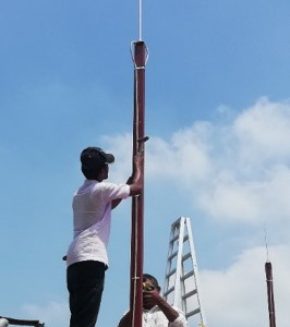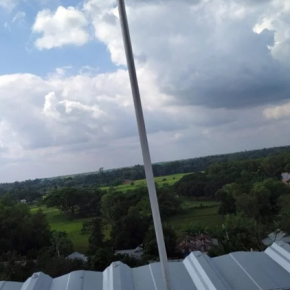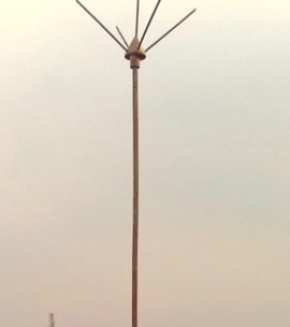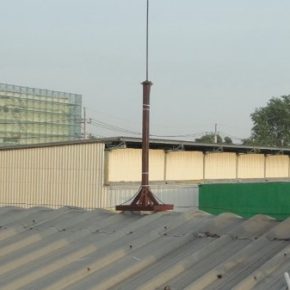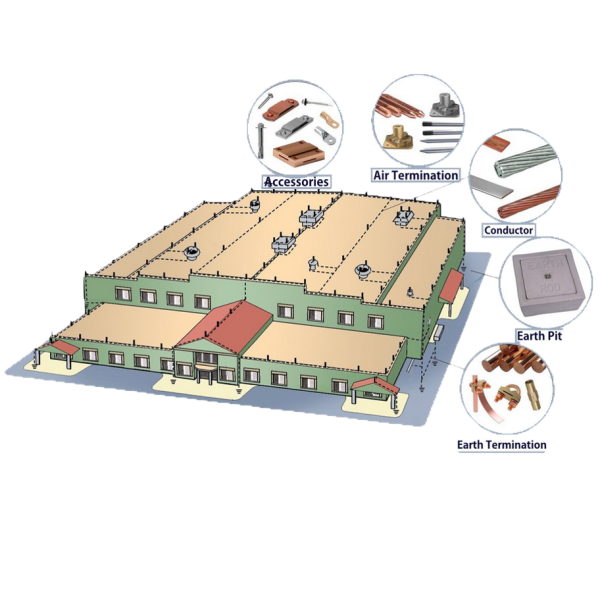
Conventional System Designed in accordance with NFPA780 and BNBC
What is Lightning Protection System?
Lightning is a gigantic electrical spark!
It has been measured Lightning discharges contain from several thousand amps to over 300,000 amps – enough to light half a million 100 watt bulbs!
The function of an external lightning protection system is to intercept, conduct and disperse a lightning strike safely to earth. Without such a system a building’s structure, electronic systems and the people working around or within it are all at risk.
Conversional LPS
Key Features
Major Components LPS designed in accordance with NFPA780 and BNBC
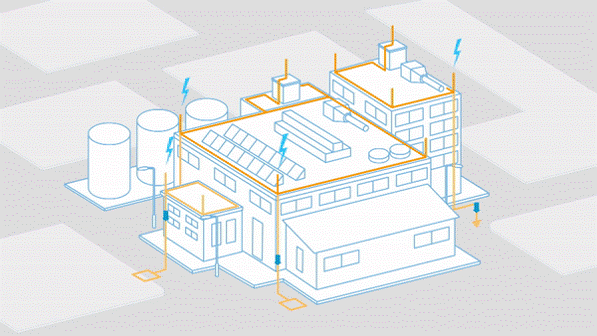
It has to be the highest point within its range
Air Terminal: The air terminal requires a connection to earth to perform its protective function. Copper and its alloys are the most common materials used in lightning protection.

Down Conductor must be installed straight and vertically to provide the shortest to earth
Down Conductor: The Down-Conductor is that part of the external Lightning Protection System (LPS) that conducts lightning current from the Air Terminal system to the Earth Termination system.
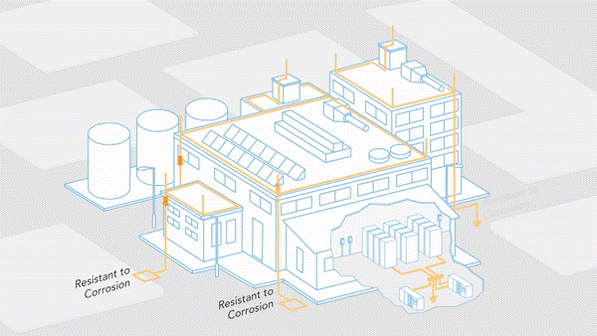
It is recommended that earth resistance value should be near 10 Ω
Earthing System: The earth rod requires a connection to earth to perform its protective function. This protects structures from damage due to lightning strikes and dilapidates the lightning to the ground
Lightning Protection System (LPS)
Comparison between two major methods of LPS
Early Streamer Emission (ESE) LPS
- Products for different coverage area are available
- Simple and cost effective
- Single air-terminal can cover over 300 ft. radius
- Generally Class II materials are used
- Regardless building height or size two grounding facility required
- Recommended for power station, golf field, commercial and residential projects etc.
- Latest technology
Conventional (Franklin Rod Method) LPS
- Custom Designed for individual building
- Require complex engineering to function properly
- Single air-terminal can cover up to 50 ft. radius
- Two classes of conductors used: Class I and Class II
- Depending on building perimeter, two or more grounding facility required
- Highly recommended for industrial sheds and buildings
- Traditional and proven technology
Genesis Bangladesh
Engineering for Safer Tomorrow
Info
Follow Us

